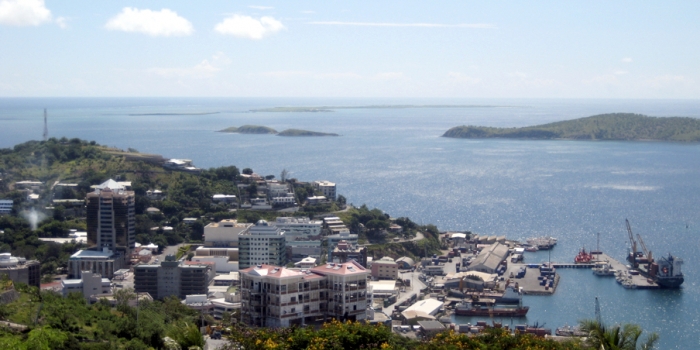The TPP was originally known as the Trans- Pacific Strategic Economic Partnership concluded in 2006 among Singapore, New Zealand, Chile and Brunei (P-4 agreement) as a means to promote trade liberalization in the Asia- Pacific Region. As its name indicates, the original purpose of the agreement was only to address economic issues. As the number of participating countries in the P-4 agreement increased, starting with the United States in September 2008 and other countries to follow being Australia, Peru, Vietnam, Malaysia, Canada, Mexico and Japan until July 2013, the agreement is agreed to be "a comprehensive, next-generation regional agreement that liberalizes trade and investment and addresses new and traditional trade issues and 21st-century challenges" by TPP Trade ministers.
Read Full Article: Link
Topics: INVESTOR-STATE DISPUTE SETTLEMENT (ISDS) MEGA-REGIONAL AGREEMENT TEXTILES AND APPAREL
Regions: ASIA-PACIFIC
Authors: MONDAQ

